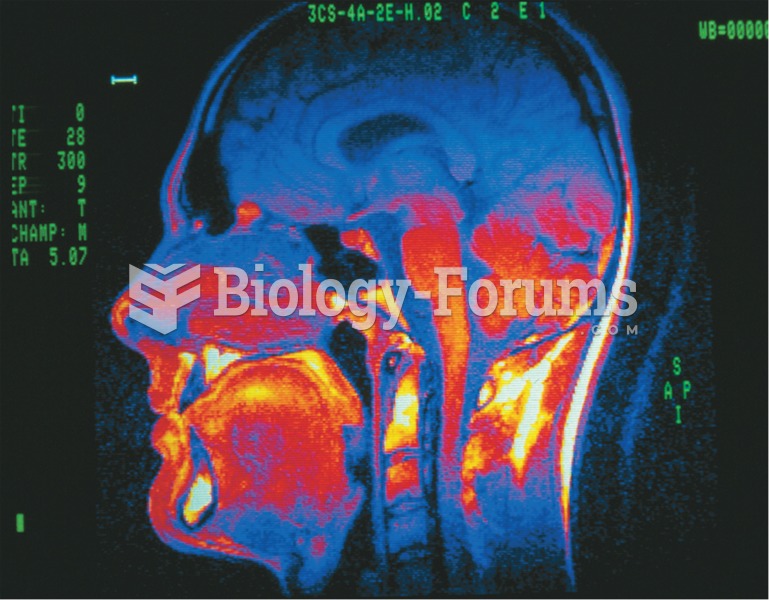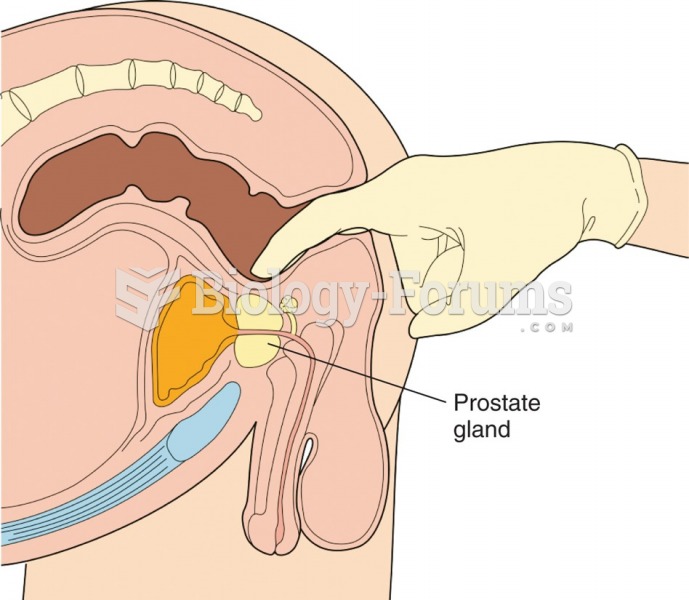|
|
|
Computer programs are available that crosscheck a new drug's possible trade name with all other trade names currently available. These programs detect dangerous similarities between names and alert the manufacturer of the drug.
Liver spots have nothing whatsoever to do with the liver. They are a type of freckles commonly seen in older adults who have been out in the sun without sufficient sunscreen.
IgA antibodies protect body surfaces exposed to outside foreign substances. IgG antibodies are found in all body fluids. IgM antibodies are the first type of antibody made in response to an infection. IgE antibody levels are often high in people with allergies. IgD antibodies are found in tissues lining the abdomen and chest.
There are more bacteria in your mouth than there are people in the world.
Sperm cells are so tiny that 400 to 500 million (400,000,000–500,000,000) of them fit onto 1 tsp.
 LBJ cultivated the masculine image of a Texas cowboy. Biographers have suggested that Johnson was ...
LBJ cultivated the masculine image of a Texas cowboy. Biographers have suggested that Johnson was ...
 One way to illustrate the journey of adulthood is with the image of a mountain landscape. One begins ...
One way to illustrate the journey of adulthood is with the image of a mountain landscape. One begins ...





